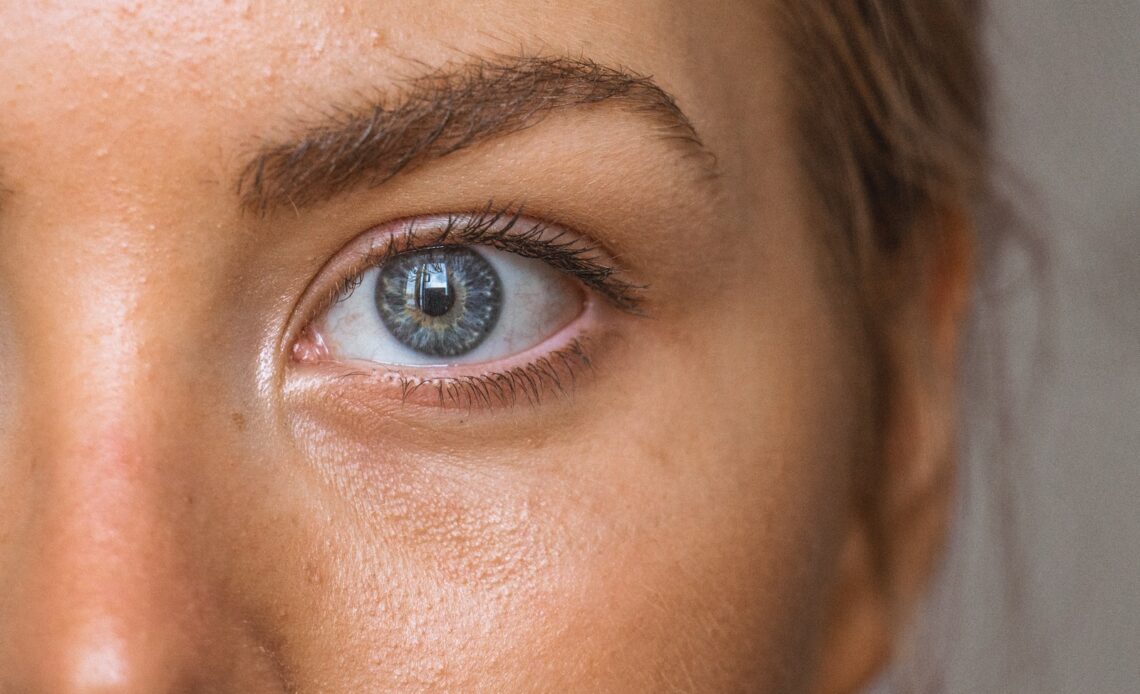
Kava Dermopathy, a condition as intriguing as its name, has been a subject of curiosity and research in the medical world. This condition, often associated with the consumption of a popular Pacific beverage, kava, manifests as a unique skin eruption. But what exactly is Kava Dermopathy, and why does it happen? Let’s dive into the secrets of this condition, shedding light on its causes, symptoms, and treatment.
What is Kava Dermopathy?
Kava Dermopathy, also known as Kanikani, is a skin condition characterized by the formation of thick, dry, scaly patches on the body. These patches, often appearing on the arms, legs, and torso, give the skin a rough, patchy, and dry texture. The condition is named after the kava plant, a key ingredient in a popular beverage consumed heavily in the Pacific Islands, particularly Fiji.
The condition is interestingly common among the people of Fiji, where kava consumption is a part of their culture and history. However, it’s not limited to these islands. With the increasing popularity of kava as a drink and a supplement worldwide, reports of Kava Dermopathy have also been reported in other parts of the globe.
The Causes of Kava Dermopathy
The exact cause of Kava Dermopathy is still a subject of ongoing research. However, several theories have been proposed to explain this unique skin condition. One of the leading theories suggests a functional defect in one or more CYP450 isoenzymes, enzymes responsible for metabolizing substances in our body, including kavalactones, the active compounds in kava.
Another theory points towards an allergic reaction to kavalactones. Some people might have an allergic response to these compounds, leading to skin eruptions. Accumulation of kavalactones in the skin, often due to heavy consumption of kava, is another theory that might explain the occurrence of Kava Dermopathy.
Photosensitivity reaction, a condition where the skin reacts abnormally to sunlight, is also considered a possible cause. Some reports suggest that the rash associated with Kava Dermopathy is worse in areas of the skin exposed to the sun. Lastly, a deficiency of niacin, a type of vitamin B, is also considered a potential cause of this condition.
Recognizing Kava Dermopathy: Symptoms and Signs
Kava Dermopathy develops gradually over time. The initial signs include the formation of a rash, usually starting on the arms or upper back. Over time, this rash becomes more generalized, spreading to other parts of the body. The rash is characterized by rough, patchy, scaly, and dry skin. In later stages, the scales form into polygonal shapes, adding to the unique appearance of this condition.
Interestingly, the rash typically lacks erythema, which is damage to blood vessels in the skin. This lack of erythema differentiates Kava Dermopathy from other skin conditions that might present with a similar rash.
Treating Kava Dermopathy: Is It Reversible?
The good news for those suffering from Kava Dermopathy is that the condition is completely reversible. Once kava consumption is stopped or heavily reduced, the condition will go away on its own. This fact supports the theory that the accumulation of kavalactones in the skin might be a significant cause of this condition.
While Kava Dermopathy might seem daunting, understanding its causes and symptoms can lead to effective management and treatment. As with any health condition, if you suspect you might have Kava Dermopathy, it’s always best to consult with a healthcare professional for a proper diagnosis and treatment plan.